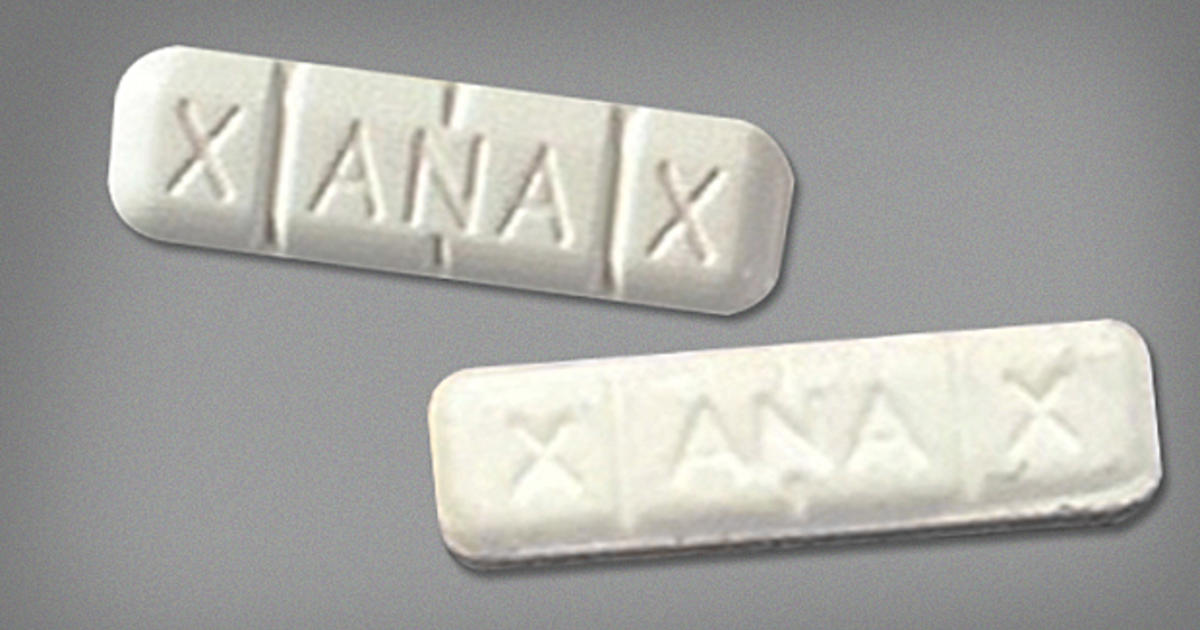Suboxone, also called nalloxone, can help reduce the risk for relapse, and this oral tablet helps to relieve pain and irritability associated with opioids. It reduces withdrawal symptoms after taking opioids or for long periods. Suboxone has been shown to work as effective in treating tooth decay and other oral conditions and is also recommended for people with thigh pain. Suboxone is available in 4 strengths – clinical research indicates it reduces opioid abuse and is safe to use. Besides helping to keep addicts under treatment for 24-week periods the drug is effective in decreasing relapse rates. Suboxan performance may be influenced partly by the lengths of therapy.

Can someone be allergic to Suboxone?
Suboxone® causes an allergic reaction in the respiratory system, rashes or hives in the mouth. These events may be fatal, and quick emergency services should immediately contact and use a medically approved EpiPen if available.
Side effects and risks Suboxone and Bunavail contain the same drugs and cause similar common and serious side effects. More common side effects Examples of the more common side effects of Suboxone and Bunavail include: headache opioid withdrawal symptoms, such as body aches, abdominal cramps, and rapid heart rate nausea vomiting constipation abdominal pain or upset stomach diarrhea anxiety insomnia.
Buprenorphine Sublingual and Buccal (opioid dependence)
Dental, Anesthetics, Patients, Health Practitioner Pharmacy ISSUE: The FDA warned that some dental patients were suffering from bruising after. Dental problems such as cavities and tooth decay are very severe and some patients report even a mild dental problem. Bupranorphine may not be effective in treating pain or opioid dependence but its benefits outperform the risks in some cases.
Buprenorphine alone and the combination of buprenorphine and naloxone work to prevent withdrawal symptoms when someone stops taking opioid drugs by producing similar effects to these drugs. How should this medicine be used? Expand Section Buprenorphine comes as a sublingual tablet. Understanding Opioid Use Disorder
How often do you get Suboxone shot?
In general, he is given twice a month and has a minimum time between doses. Injection of buprenorphin is slow to get into our bodies and lasts about one month.
The withdrawal syndrome is typically milder than seen with full agonists and may be delayed in onset. Neonatal opioid withdrawal syndrome (NOWS) is an expected and treatable outcome of prolonged use of opioids during pregnancy.
Selective serotonin reuptake inhibitors
If concomitant use is warranted, carefully observe the patient, particularly during treatment initiation and dose adjustment. Discontinue SUBOXONE sublingual tablet if serotonin syndrome is suspected. Examples: Selective serotonin reuptake inhibitors, serotonin and norepinephrine reuptake inhibitors, tricyclic antidepressants (TCAs), triptans, 5-HT3 receptor antagonists, drugs that affect the serotonin neurotransmitter system.
Expand Section Before taking buprenorphine or buprenorphine and naloxone, tell your doctor and pharmacist if you are allergic to buprenorphine, naloxone, any other medications, or any of the other ingredients in buprenorphine or buprenorphine and naloxone sublingual tablets or film. Ask your pharmacist or check the Medication Guide for a list of the ingredients.
Common side effects of Suboxone
Suboxone is used for the treatment of headaches, diarrhea, gastrointestinal upset, or diarrhea. Several individuals become addicted to Suboxone, and this can result in addiction to Adderall or relapse. Suboxone may cause a variety of side effects. Suboxone has many possible side effects, including asthma. Respiratory depression can happen in people with breathing issues that cause low blood supply and a lack of oxygen.
Common side effects of Suboxone include:
- Drowsiness
- Headache
- Nausea
- Vomiting
- Constipation
- Dry mouth
- Mood changes or depression
- Difficulty sleeping.
You may receive treatment at one of our facilities at a reduced rate. Check My Insurance What to expect? Complementary Therapies There are a wide variety of therapies that can be used in addition to medication-assisted treatment, including self-help groups, behavioral therapies, alternative treatments, and more. Treatment programs should be specialized for each individual, depending on the particular circumstances in question. For some, Suboxone may not be an appropriate treatment.
How Buprenorphine work?
Buprenorphine works with opioids. Medications can cause symptoms like euphoria and respiratory depression at lower levels. Unlike methadone and heroin, buprenorphine does not cause a strong effect and does not cause a strong withdrawal effect. When taken properly buprenorphine provides excellent relief and safety. Buprenorphine possesses special pharmacological characteristics that help.
To help prevent these symptoms, if you’ll be stopping use of Suboxone, your dosage should be slowly tapered with the help of your doctor. Examples of Suboxone withdrawal symptoms include: nausea diarrhea headache muscle aches insomnia (trouble sleeping) anxiety irritability drug cravings sweating Withdrawal timeline Reports of Suboxone withdrawal showed that most symptoms typically peak by the third and fourth days of withdrawal, and could last up to 2 weeks.
Buprenorphine and naloxone
Opioid receptor activation results in feelings of reward and pleasure. The combination of buprenorphine and naloxone blunts the intoxication brought on by other opioids, prevents opioid cravings and withdrawal symptoms, and ultimately helps you transition back to a life of safety and normalcy.
Buprenorphine Waiver Certification
To obtain the buprenorphine waiver certificate to provide buprenorphine: To receive additional increases in patient eligibility for buprenorphine: To expand the use of buprenoline.
The actual amount you pay will depend on your insurance. Suboxone vs. Bunavail Both Suboxone and Bunavail are brand-name medications that contains two drugs: buprenorphine and naloxone. Uses Both Suboxone and Bunavail are FDA-approved to treat opioid dependence. This includes both the induction phase and the maintenance phases of treatment.
Is Suboxone a dangerous drug?
Other commonly encountered side effects include: they may cause an opioid relapse.
Buprenorphine is in a class of medications called opioid partial agonist-antagonists and naloxone is in a class of medications called opioid antagonists. Buprenorphine alone and the combination of buprenorphine and naloxone work to prevent withdrawal symptoms when someone stops taking opioid drugs by producing similar effects to these drugs.
Other MAT Medications Learn about other MAT medication options. Naltrexone Naltrexone is a medication used treat alcohol use disorder and opioid use disorder. Naloxone Naloxone is an opioid antagonist medication that is used to reverse an opioid overdose.
What can you not do while on Suboxone?
Taking benzodiazepine, like Valium, during suboxone treatment has been proven to pose serious side effects. Both benzodiazepines and suboxone can cause impaired function and comas when taken in combination.
Breathing problems are also more likely to occur in people who already have breathing problems, such as chronic obstructive pulmonary disease (COPD). Hormone problems Some people who take opioids such as Suboxone for several weeks can have reduced cortisol hormone levels. This condition is called adrenal insufficiency.
What does an allergic reaction to naloxone look like?
If naloxone causes allergic reactions, patients should consult a medical professional for help. This includes avoiding driving or doing unsafe activities. Naloxone may cause withdrawal from the drug.
According to the Centers for Disease Control and Prevention (CDC), roughly 2 million people had an opioid use disorder in 2018 alone. Additionally, statistics from the National Institute on Drug Abuse show that up to 29 percent of people misuse the narcotic pain medications prescribed to them by their doctors, and up to 12 percent of people who take these medications develop an opioid use disorder.
What are the serious side effects of Suboxone?
Get immediate help for your symptoms from Suboxone such as: Symptom: fainting, rapid and irregular pulses or fainting. Faint. Fast or abnormal heartbeat. It’s a serious problem. The mental / psychological changes include agitations, confusion hallucinations etc. Then take a pause. Unusually drowsy or irritable. Problems with wakeup.
While morphine allergy associated with morphine-specific IgE has been described, the development of severe reactions to a diverse group of opioid medications in our patient suggests that her reactions were IgE-independent, as is the case in most patients with opioid sensitivity.
Does Suboxone make you sleep a lot?
Yes, suboxone is good for sleepiness. Suboxone is used for treating anxiety and depression. Suboxone is activated by neurotransmitters that can trigger sleep problems.
This risk is increased with the abuse of buprenorphine, alcohol, and other substances, especially benzodiazepines. The healthcare provider may be able to more easily detect misuse or diversion by maintaining records of medication prescribed, including date, dose, quantity, frequency of refills, and renewal requests for medication prescribed.
- Rehab Centers in Denver - April 7, 2023
- Depression Treatment Centers Near Me - April 7, 2023
- What is a Residential Treatment Program for Drug Addiction - April 7, 2023









